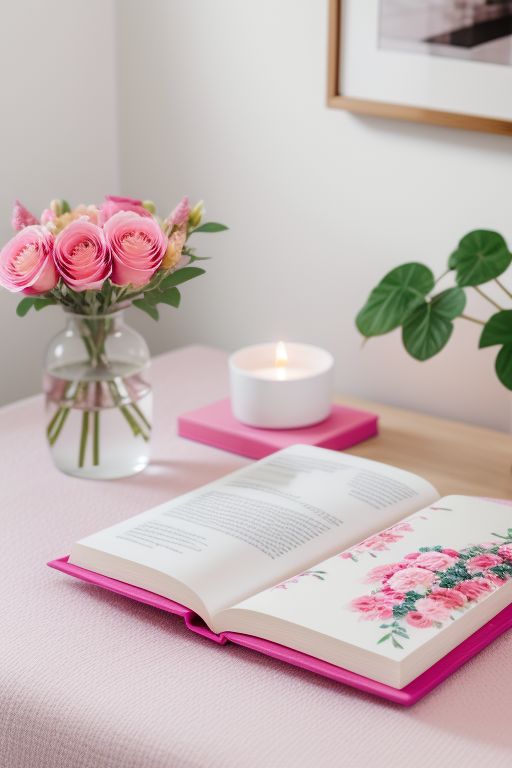This site contains affiliate links, please read our disclosure for more information. The content on this website was created with the help of AI.
In today’s fast-paced world, finding moments of peace and tranquility can feel like an elusive dream. Yet, amidst the chaos of daily life, there exists a sanctuary waiting to be discovered – the meditation garden. A serene oasis designed to soothe the mind, body, and soul, meditation gardens offer a space for reflection, mindfulness, and rejuvenation. Let’s explore the elements that make up this sacred space and how you can create your own haven of tranquility.
The Essence of a Meditation Garden
A meditation garden is more than just a collection of plants and flowers; it is a carefully curated space designed to evoke a sense of calm and inner peace. From the gentle rustling of leaves to the soft fragrance of blossoms, every element is chosen to promote mindfulness and relaxation.
Elements of a Meditation Garden
1. Natural Elements:
- Plants and Flowers: Choose a variety of plants known for their soothing scents and calming qualities, such as lavender, jasmine, and chamomile.
- Water Features: Incorporate a small fountain, pond, or birdbath to add the tranquil sound of flowing water.
- Rocks and Stones: Arrange rocks and stones strategically to create a sense of balance and harmony within the space.
2. Design Features:
- Pathways: Create winding pathways using gravel, stepping stones, or wood chips to encourage mindful walking meditation.
- Seating Areas: Include comfortable seating options like benches or meditation cushions for moments of contemplation and reflection.
- Shade and Shelter: Integrate shade structures or tall plants to provide shelter from the sun and create a cozy, secluded atmosphere.
3. Sensory Elements:
- Textures: Incorporate a variety of textures, such as smooth stones, rough bark, and soft moss, to engage the senses.
- Sound: Add wind chimes, gentle music, or natural sounds like rustling leaves to create a calming auditory environment.
- Scents: Plant fragrant herbs and flowers to infuse the air with soothing aromas that promote relaxation and mindfulness.
Creating Your Meditation Garden
1. Planning:
- Evaluate Your Space: Assess the available space in your yard or balcony and consider factors like sunlight, shade, and accessibility.
- Define Your Vision: Decide on the overall theme and ambiance you want to create, whether it’s a Japanese-inspired Zen garden or a lush, tropical retreat.
2. Design:
- Layout: Sketch out a rough layout of your meditation garden, including key elements like pathways, seating areas, and focal points.
- Plant Selection: Choose plants that thrive in your climate and align with your desired aesthetic and sensory experience.
- Personal Touches: Incorporate personal touches such as statues, inspirational quotes, or symbolic ornaments to imbue the space with meaning and intention.
3. Implementation:
- Start Small: Begin with a few key elements and gradually expand your garden over time as you become more familiar with its maintenance and care.
- Mindful Maintenance: Regularly tend to your meditation garden with mindful practices such as weeding, watering, and pruning, treating each task as an opportunity for reflection and presence.
Benefits of a Meditation Garden
A meditation garden offers a multitude of benefits for both physical and mental well-being, including:
- Stress Reduction: Spending time in a peaceful outdoor environment can lower cortisol levels and promote relaxation.
- Mindfulness Practice: Engaging with the sensory elements of the garden encourages mindfulness and presence in the moment.
- Connection with Nature: Cultivating a meditation garden fosters a deeper connection with the natural world and promotes environmental stewardship.
- Creative Expression: Designing and tending to a meditation garden provides an outlet for creativity and self-expression.
Conclusion
In a world filled with noise and distractions, the creation of a meditation garden offers a sanctuary for quiet contemplation and inner peace. Whether you have a spacious backyard or a small balcony, the principles of mindful design can transform any outdoor space into a tranquil oasis. By incorporating natural elements, thoughtful design features, and sensory experiences, you can cultivate a meditation garden that nourishes the mind, body, and soul, providing a refuge from the chaos of modern life. So, take a deep breath, step outside, and embark on a journey of serenity in your own backyard.






